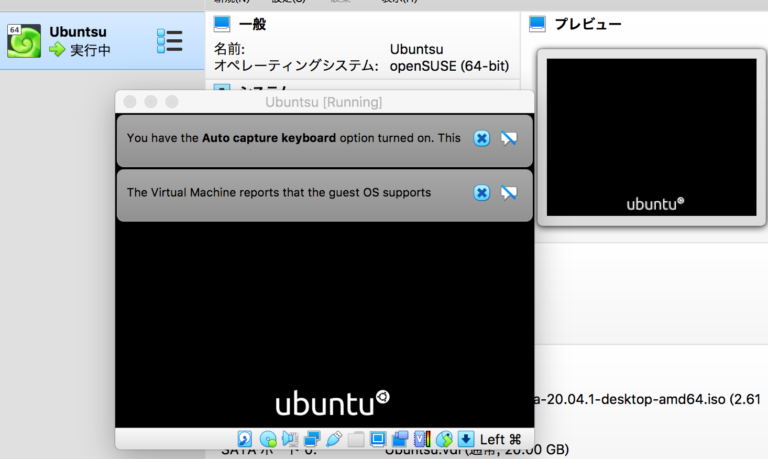

$ vboxmanage setextradata "Your VM Name" "VBoxInternal/Devices/efi/0/Config/DmiBoardProduct" "Iloveapple" $ vboxmanage setextradata "Your VM Name" "VBoxInternal/Devices/efi/0/Config/DmiSystemVersion" "1.0" $ vboxmanage setextradata "Your VM Name" "VBoxInternal/Devices/efi/0/Config/DmiSystemProduct" "iMac11,3" VBoxManage.exe setextradata "Your VM Name" "VBoxInternal/Devices/smc/0/Config/GetKeyFromRealSMC" 1 VBoxManage.exe setextradata "Your VM Name" "VBoxInternal/Devices/smc/0/Config/DeviceKey" "ourhardworkbythesewordsguardedpleasedontsteal(c)AppleComputerInc" VBoxManage.exe setextradata "Your VM Name" "VBoxInternal/Devices/efi/0/Config/DmiBoardProduct" "Iloveapple" VBoxManage.exe setextradata "Your VM Name" "VBoxInternal/Devices/efi/0/Config/DmiSystemVersion" "1.0" VBoxManage.exe setextradata "Your VM Name" "VBoxInternal/Devices/efi/0/Config/DmiSystemProduct" "iMac11,3" Windows cd "C:\Program Files\Oracle\VirtualBox\" Just don't forget to replace "Your Vm Name" with your virtual machine's name. A new window will open, click on Create button.So far, so good. Open Virtualbox and click on File menu and select Virtual Media Manager. I am using Kernel 5.10 and selected linux510-virtualbox-host-modules for installation, you can change it to the Kernel you have. sudo pacman -S virtualbox virtualbox-guest-utils virtualbox-host-dkms linux510-virtualbox-host-modules Install Virtualbox and it’s required modules on Manjaro. It turns out the installation and setup is very easy and straight forward.ĭisclaimer: I am not the author of any third party contents or materials such OS iso.ĭownload macOS Catalina(10.15.x) from any of the links. Reasons could differ, but for me was to built Nextcloud desktop app for macOS. What is the purpose of running macOS on Linux? You may ask.

The end result of this article is to run macOS in Virtualbox on any Linux OS. I am on Manjaro OS, but it should not matter what OS you are on.


 0 kommentar(er)
0 kommentar(er)
